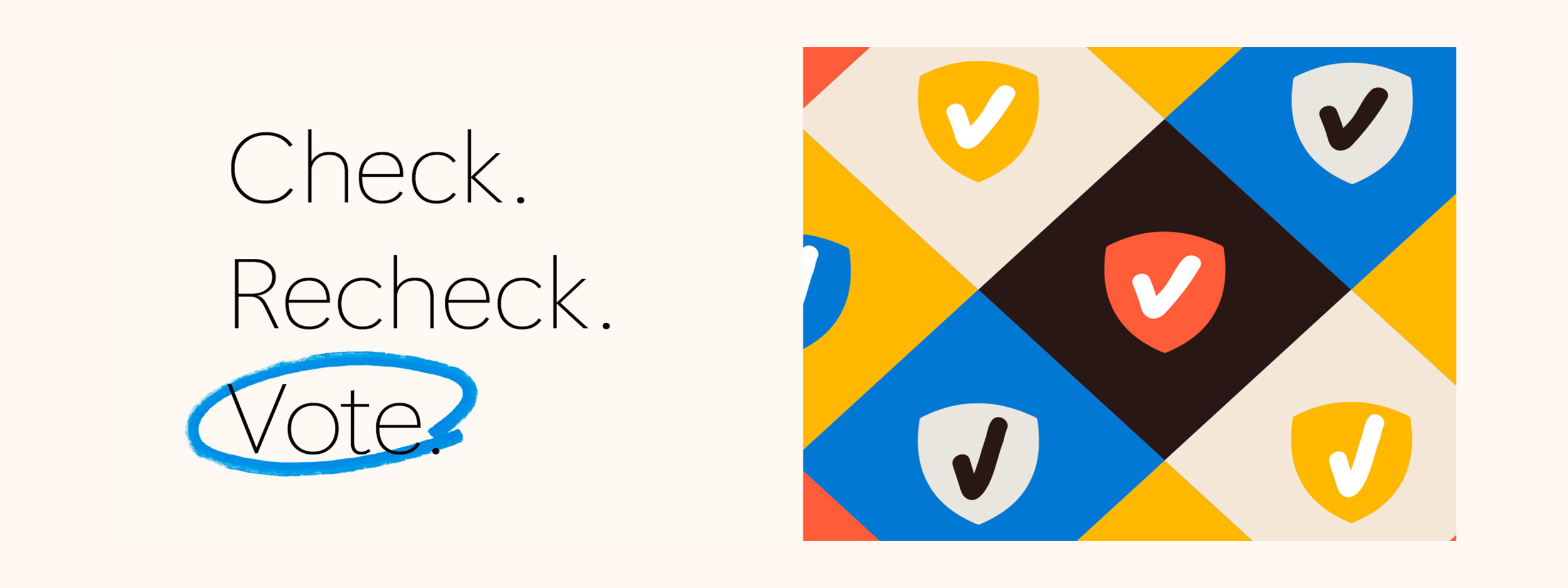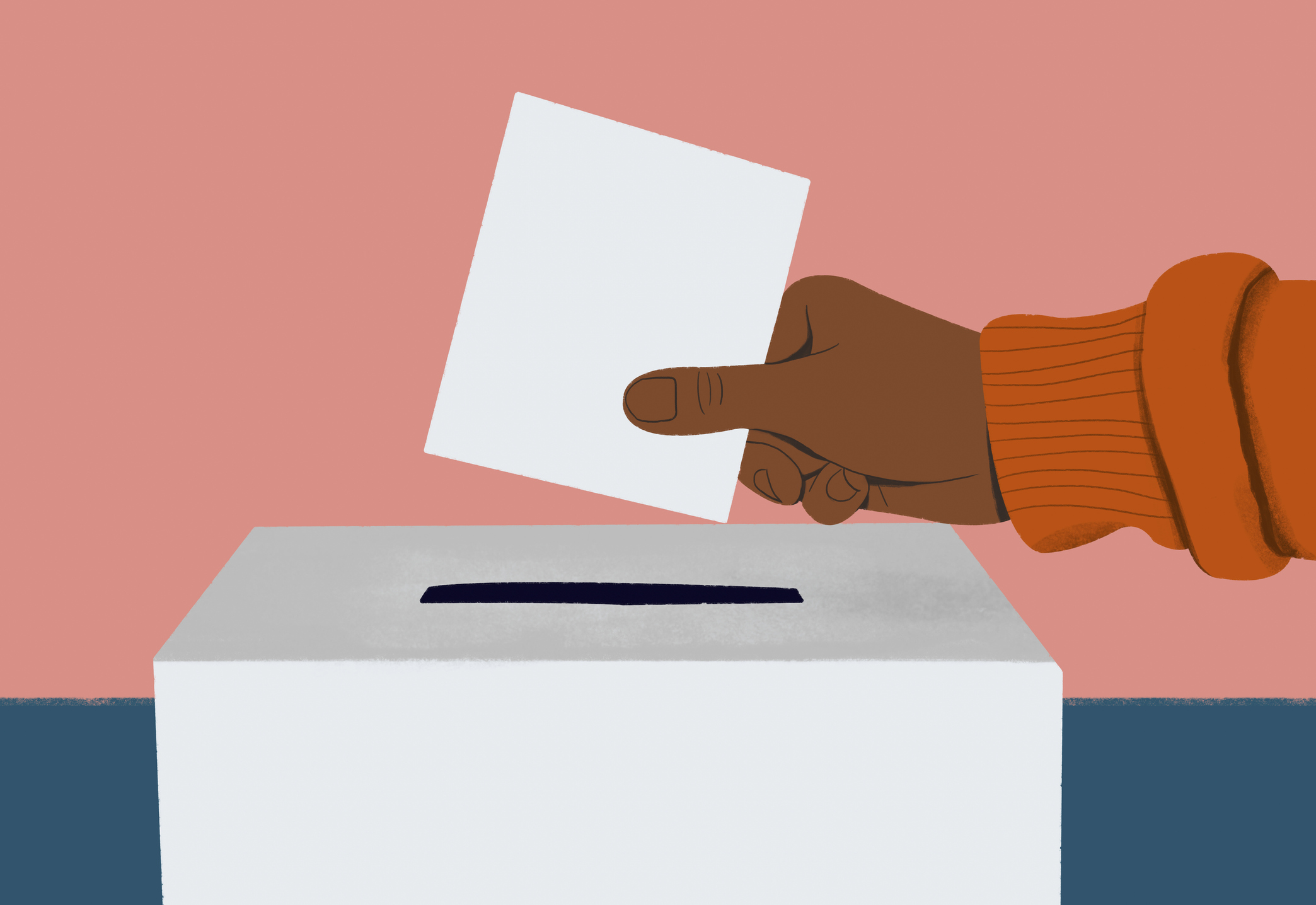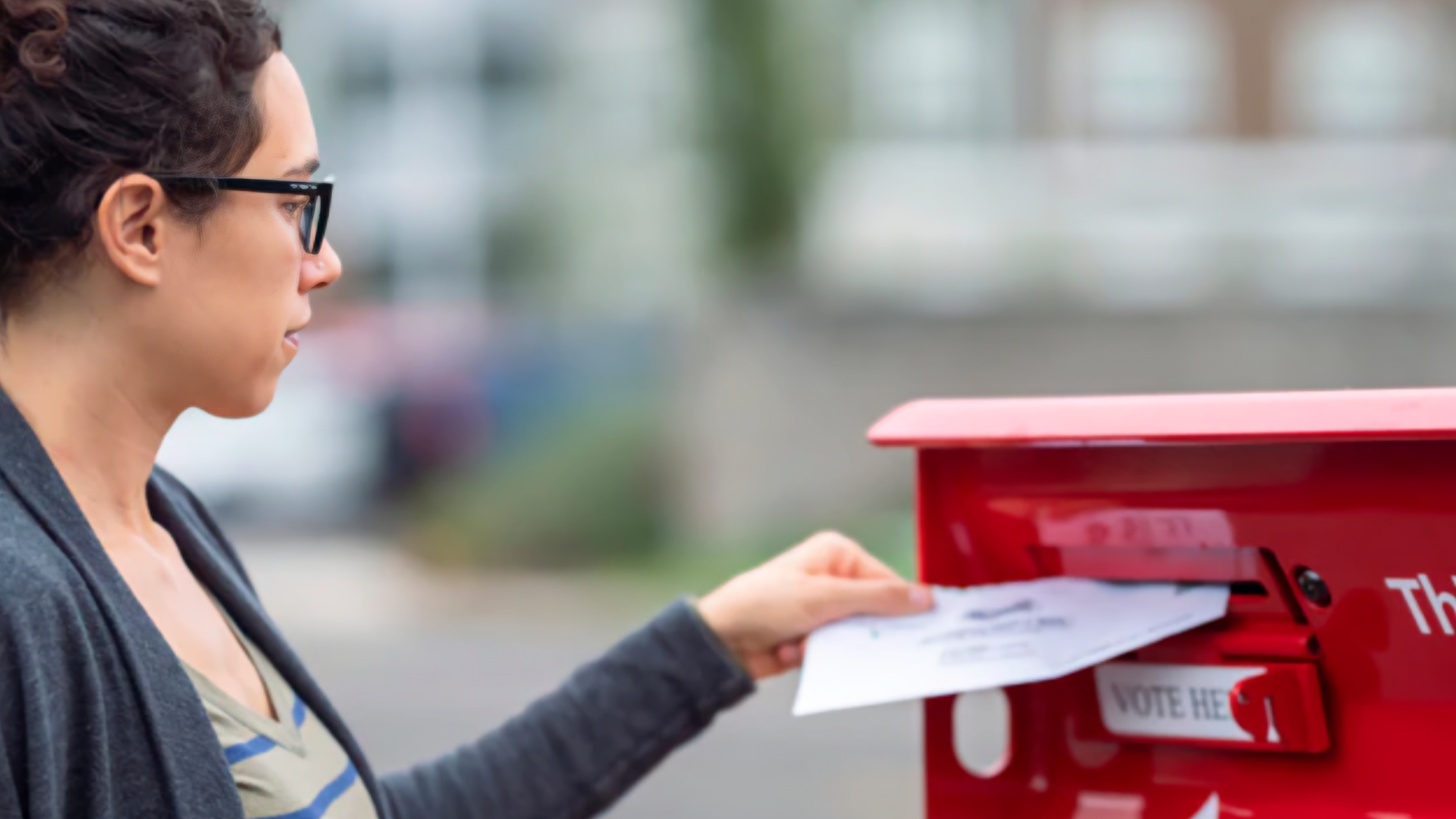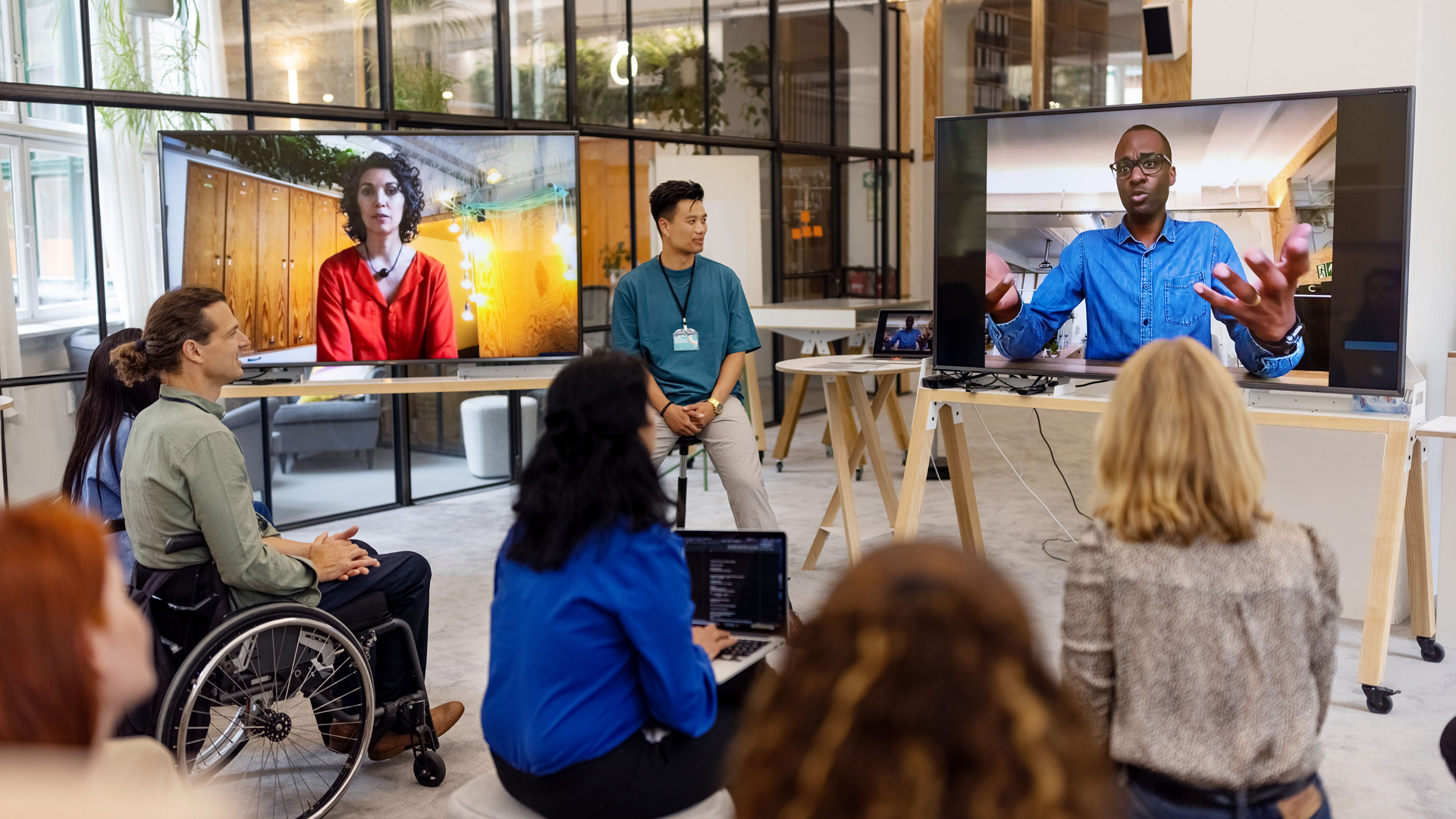
Don’t fall for deepfakes this election.
What is a “deepfake”?
A deepfake is an AI generated image, video, or audio recording, typically used to spread false information. In recent years, advancements in artificial intelligence (AI) have enabled deepfakes to seem so realistic that it can be hard for even the most skilled experts to spot them as fake.
How might deepfakes be used during elections?
Deepfakes are one of many tools used to spread intentionally false information (also called disinformation) online. They can be used during elections to mislead the public, including information on how or where to vote and political candidate statements. Those who share deepfakes may be well-intentioned, and simply not realize their inauthenticity.
What can we do to fight deepfakes?
AI has the potential to help address some of our greatest societal challenges. But the AI technologies used to create deepfakes are widely available and not limited to those who care about responsible use. This makes well-informed citizens like yourself essential to curbing the spread of deepfakes and upholding the democratic process during this election.
- Check (and recheck) your sources. It is important to be a critical consumer of information and to verify sources. Always confirm that political and voting information come from a known, trusted news source or an election authority.
- Check for accuracy before sharing or commenting on political and voting information. It’s equally important to prioritize accuracy over speed, and to comment upon and share information thoughtfully. The best way to stop the spread of a deepfake is to avoid sharing or commenting upon it further. If a headline, video, image or audio recording seems sensational, be sure to read the full story and verify its source before you trust, comment upon or share it further.
- Report suspected deepfakes and disinformation to social media authorities for review. Many social media companies have built powerful protection features to detect and label AI-generated content and deepfakes so that users can understand their sources. But if you see content that you strongly suspect may be a deepfake, flag it to the platform (typically in the “report” option in a post).
- As technologies keep developing, keep your media literacy skills sharp. Learning about deepfakes is an important step in a continuous journey of improving your media literacy and fact-checking skills. Learn more and encourage others to do the same.
- Validate your voting plan with official government authorities. If you have received guidance on when, where, or how to vote from a non-governmental source, it’s always wise to check it against official sources. Consult the UK Electoral Commission website for official voting and elections information.
Learn more & spread the word
The Electoral Commission has developed guidance for campaigns and voters about the use of AI in elections. Check out the websites and share with others.

Guidance for campaigns
The Electoral Commission calls on campaigners not to mislead voters, and to consider how their campaign material will be received, particularly when using generative AI.

Advice for voters
Learn tips for how to engage with campaign material and advice about who to contact if you have questions about information you’ve seen or heard.


Find voting resources in your area
More from Microsoft
Learn more about what Microsoft is doing to ensure safe and secure elections.

Safeguarding the democratic process
We are committed to advancing the fundamentals of democracy by promoting open and secure democratic processes, healthy information ecosystems and corporate civic responsibility.

Political campaign support
We advise and support political campaigns as they navigate the world of AI, combat the spread of cyber influence campaigns and protect the authenticity of their own content and images.

Partnerships to accelerate progress
Microsoft has joined leaders across the tech sector to stand together to protect elections and ensure that voters retain the right to choose who governs them, free of AI-based manipulation.
